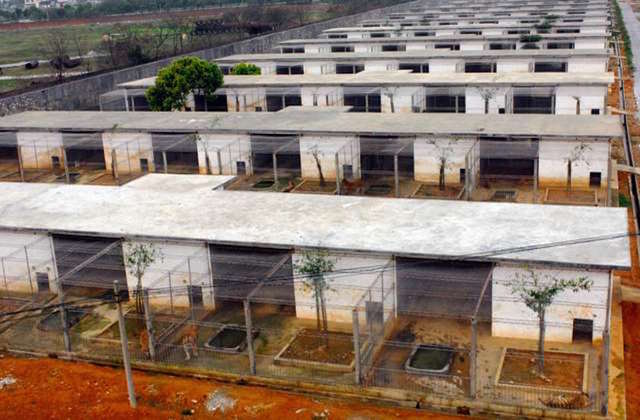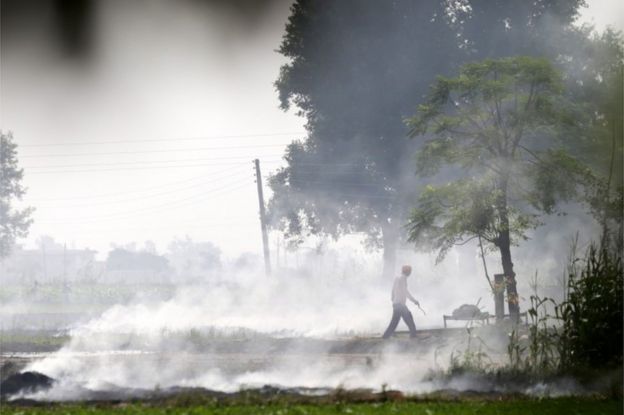What is described as a "regal" travel experience, the Maharajas' Express offers its riders to spend eight days living in luxury, while seeing the beauty that India has to offer. The Maharajas' Express is a train that has been "billed as... the opulent hotel-on-wheels" that goes from Jaipur to Jodhpur, which is in the northern Rajasthan region. The train travels on seven routes, but the 'Heritage of India' seems to be the most notable because it takes travelers to key destinations, such as Udaipur, Jodhpur, Jaipur, Ranthambore National Park, and the Taj Mahal, "running from Mumbai to Rajasthan to Delhi."
As you travel along the route of your choice, you will be catered to by an attentive staff, including an executive chef. The interior of the train is replete with lavish "Indian aesthetics." For example, peacock motifs and rich fabrics are featured, as well as décor that are tinted with golden hues. Also, the cabins start at "112-square-feet in size- each with modern amenities such as LCD TVs, king size beds, and bathrooms." If you choose to stay in the Presidential Suite, then you will have a whole train carriage to yourself, along with "two bedrooms, a private living area, bathtub," and even more regal décor. In addition, the train has two dining cars, two bars, and a lounge within the 23 carriages for up to 88 guests. Lastly, depending on the route that you choose, you will have an opportunity to have a rich experience filled with Indian culture.
Although the Maharajas' Express offers a wonderful travel experience, I think it does play into the Western idea of what India is, rather than giving it's riders a more holistic sense of the entirety of India.
Images and a video are on the article website.
Link:
https://edition.cnn.com/travel/article/maharajas-express-rajasthan-india/index.html




 Image taken by Fred Dufour.
Image taken by Fred Dufour.
 The only solution that has been proposed by the government is the use of happy seeders and super straw management systems, both are devices that help remove stubble, but they are too expensive for many farmers to use.
The only solution that has been proposed by the government is the use of happy seeders and super straw management systems, both are devices that help remove stubble, but they are too expensive for many farmers to use. Pasta with Keema, Picture from the SFC
Pasta with Keema, Picture from the SFC